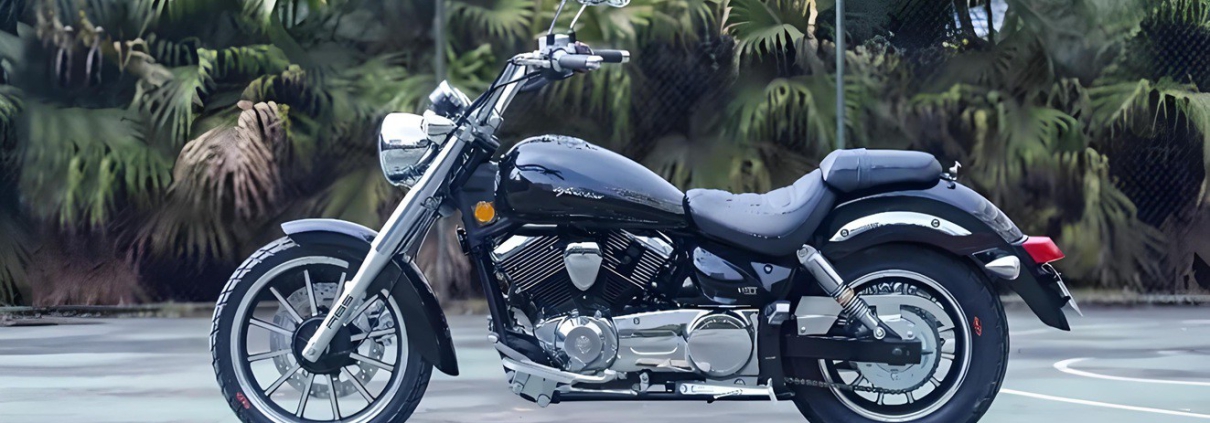How to Charge a Lithium Motorcycle Battery: A Complete Step-by-Step Guide
Motorcycle riders understand the importance of a reliable battery. With the increasing popularity of lithium motorcycle batteries, riders are enjoying benefits such as lighter weight, longer lifespan, and reduced maintenance. However, lithium batteries require specific charging practices that differ from traditional lead-acid or AGM batteries. Charging incorrectly can damage your battery, shorten its lifespan, or even affect your motorcycle’s performance.
In this guide, we’ll cover how to charge a lithium motorcycle battery properly, outline common mistakes to avoid, and provide practical tips to ensure your battery remains healthy for years to come.
Why Lithium Motorcycle Batteries Are Different
Lithium motorcycle batteries differ significantly from traditional lead-acid or AGM batteries:
- Lighter and more compact – reducing overall bike weight for improved handling.
- More energy efficient – offering faster charging and more consistent power delivery.
- Built-in Battery Management System (BMS) – protecting the battery against overcharging, over-discharging, and overheating.
These advantages make lithium batteries attractive, but they also require careful handling. Using an incorrect charger or ignoring the battery’s unique requirements can result in permanent damage.
Pre-Charging Safety Checks
Before plugging in a charger, it’s important to perform a few safety checks:
- Inspect the battery casing – Ensure there are no cracks, swelling, or leaks. Any visible damage is a sign to replace the battery rather than attempt charging.
- Check the voltage – A healthy 12V lithium battery should read approximately 12.8–13.4 volts when fully charged.
- Examine the connections – Make sure terminals are clean and cables are free from corrosion. Loose or dirty connections can result in inefficient charging or sparks.
Taking these steps ensures safe and effective charging and protects both the battery and your motorcycle.
Choosing the Right Charger
Not all chargers are suitable for lithium motorcycle batteries. Key features to look for include:
- Lithium-compatible mode – specifically for LiFePO₄ batteries.
- Constant current/constant voltage (CC/CV) charging to prevent overcharging.
- Automatic cutoff when the battery reaches full capacity.
Using a charger designed for lead-acid batteries can overcharge a lithium battery, potentially causing damage or even safety hazards.
Step-by-Step: How to Charge a Lithium Motorcycle Battery
Follow these steps to safely charge your lithium motorcycle battery:
- Disconnect the battery from the motorcycle if possible. This avoids interference from onboard electronics.
- Attach the charger clamps – red to positive (+), black to negative (–).
- Set the charger to LiFePO₄ mode if available. Avoid AGM or lead-acid modes.
- Monitor the charging process – most lithium chargers feature indicator lights showing charging progress.
- Disconnect safely once charging is complete – remove the negative clamp first, then the positive.
Following these steps ensures safety and maximizes battery life.
How Long Should You Charge?
The time required to fully charge a lithium motorcycle battery depends on:
- Battery capacity (Ah) – higher capacity batteries require longer charging.
- Charger output (amps) – higher output reduces charging time.
For example:
- A 10Ah lithium battery charged at 2A will take about 5 hours.
- A 10Ah battery charged with a 5A fast charger can reach full charge in approximately 2 hours.
Lithium batteries charge faster and more efficiently than lead-acid batteries while maintaining consistent performance over many cycles.
Extension Reading: To compare charging times for lithium, AGM, and lead-acid batteries in detail, check:
How Long to Charge a Motorcycle Battery – A Practical Guide for All Battery Types
Common Mistakes to Avoid
Many riders unintentionally harm their batteries by making these mistakes:
- Using an incompatible charger – car or lead-acid chargers can overcharge lithium cells.
- Charging in extreme temperatures – avoid below 0°C (32°F) or above 45°C (113°F).
- Overcharging – leaving the charger connected for too long can shorten battery life.
- Improper storage – for long-term storage, maintain 50–70% charge and disconnect the battery from the bike.
Avoiding these common pitfalls will help your lithium battery remain safe and reliable.
Tips to Maximize Battery Life
Charging correctly is only one part of battery care. To ensure your lithium motorcycle battery lasts as long as possible:
- Avoid deep discharges whenever possible.
- Regularly monitor voltage levels, ideally keeping a fully charged battery between 12.8V–13.4V.
- Store the battery in moderate temperatures and avoid direct sunlight or freezing conditions.
- Use a quality lithium-compatible charger for periodic maintenance charging.
Conclusion
Lithium motorcycle batteries are an excellent choice for riders seeking lighter, longer-lasting, and low-maintenance power sources. Proper charging is key to unlocking these benefits. Always use a compatible charger, follow recommended charging steps, and avoid common mistakes.
If you’re looking for a long-lasting and easy-to-maintain solution, consider upgrading to a 12V Motorcycle Lithium Battery to simplify charging and extend overall battery life.
Charging is only part of the equation. To truly maximize your battery’s lifespan, you should also understand the effects of storage, riding habits, and maintenance routines.
Extension Reading: For a complete guide on battery lifespan and maintenance strategies, see:
How Long Does a Motorcycle Battery Last? A Complete Guide to Battery Lifespan and Maintenance


